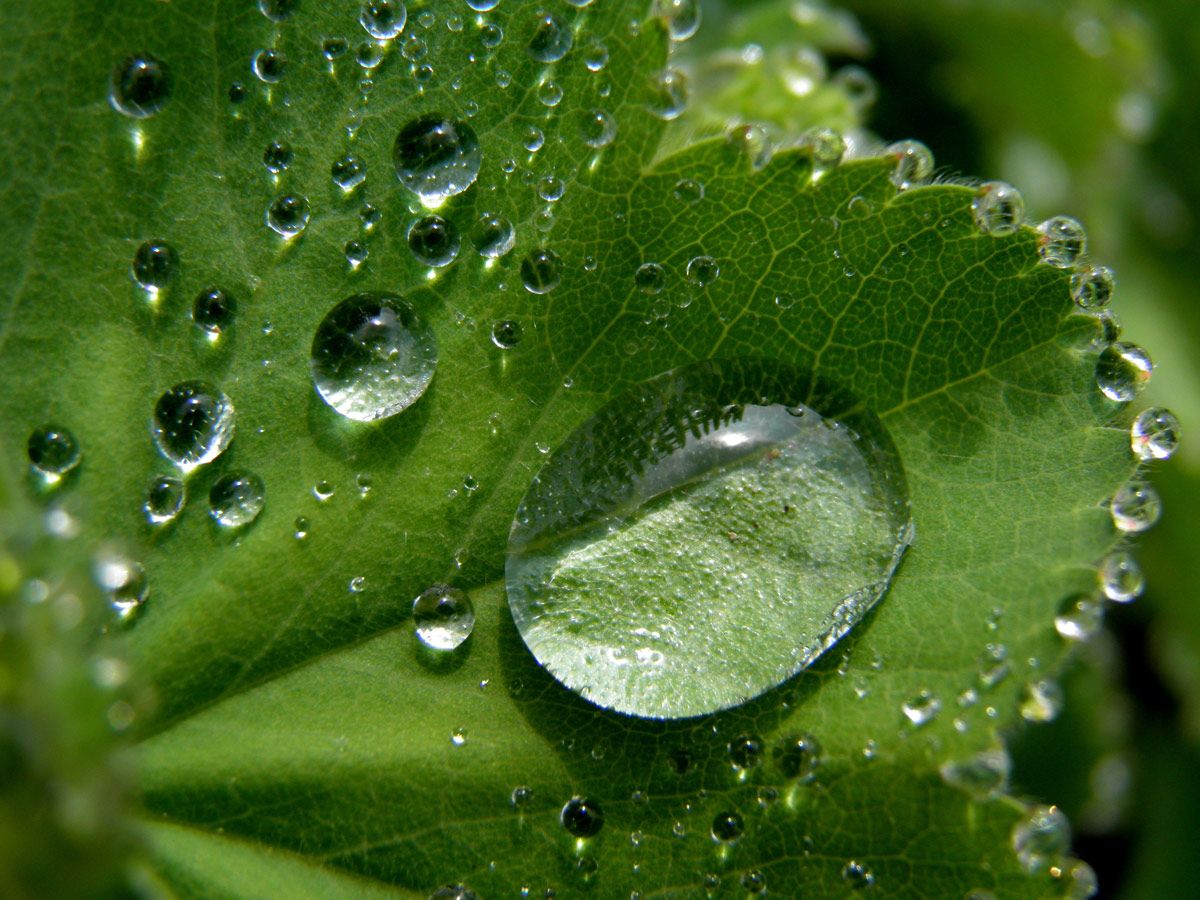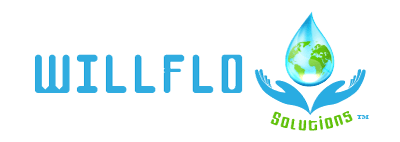STANDARDS FOR THE ENVIRONMENTALLY CONSCIOUS USER
Protection of the Environment is one of the most universally discussed issues today. Environmental protection extends not only to Land, Air and Bodies of Water, but also the people and living things that inhabit these areas (Ecosystem). STIS manufactures Cleaning and Degreasing systems that are safe to the producer, the shipper, the user and the environment upon disposal.
SIERRA TECHNOLOGIES AND INDUSTRIAL SPECIALTIES
Has adopted the voluntary program established by the Environmental Protection Agency called Design for the Environment (DSE). As part of our formulation strategy, the following environmentally adverse constituents are prohibited from all Ecomate® products: Phosphates, benzene, citrus extract (D-limonene), chlorinated organic solvents, alcohols, toluene, naphtha, borates, nitrates, chlorides, and hydroxides.
BIODEGRADABLE ECOMATE® PRODUCTS ARE BIODEGRADABLE
Biodegradability is measured by the amount of time it takes for large organic molecules to break down into smaller molecules in the environment. A chemical that is readily biodegradable begins to breakdown immediately and eventually degrades into water, mineral salts, carbon dioxide and other oxides. Products that are not biodegradable may accumulate in the ecosystem and pose a potential danger of entering plant and animal tissue Many products are touted as biodegradable and probably are, but it is the speed with which this occurs that is important. EPA standard (40 CFR part 796) states that 98% of the product must be degraded between 7 to 28 days. Products that degrade sooner than 7 days and longer than 28 days pose a potential risk to the environment.

VOLATILE ORGANIC COMPOUNDS ECOMATE® PRODUCTS HAVE NO VOC’S
One of the biggest health hazards today is indoor air pollution. In some cases, air inside a building can be as much as 100 times more polluted than outside. If you have ever walked into a building and started coughing from the distinct odor of cleaners, it is likely the volatile organic compounds (VOC’s) that are triggering your reaction. VOC’S are a class of substances that evaporate easily and react in the atmosphere with sunlight and heat, creating smog and otherwise. Unhealthy breathing environments. Millions of tons of VOC’s are released into the air. The USEPA has found that over 900 different VOCs can be found in indoor air alone, from sources such as industrial and institutional cleaners (I&I) as well as “offgasing” from furniture, carpeting and paints. Exposure to high levels of VOCs can cause eye irritation, nausea, vomiting, headaches for and impaired memory. VOC’s present in some I & I cleaners include formaldehyde and benzene, known or suspected carcinogens, and toluene, a factor in central nervous system dysfunction. D-Limonene and D-Pinene are sometimes used in cleaners and other products as replacement for petroleum based compounds. These are both derived from natural sources, yet they are also VOC’s, Although it may be preferable to use renewable, plant based substances as opposed to petroleum resources, it does not necessarily make them less of a health risk. Whatever the source of VOC’s look for products that have little or no VOC content when diluted for use.
MULTI PURPOSE CLEANERS ECOMATE® MPC “1″ PRODUCT “8″APPLICATIONS
Multi-purpose cleaners can be used for a variety of cleaning jobs, usually with just a change of dilution or the type of tool used to do the job. The benefit of multi-purposes cleaners is that one product can replace several different solutions, potentially simplifying the purchasing process as well as employee safety and handling training. Multi-purpose cleaners may contain a variety of specialty chemicals for removing dirt, brightening, eliminating odors, and disinfecting (see Disinfectant Debate) At the some time. This can mean that there are superfluous ingredients in the product. For instance, fragrances and dyes do not improve the cleaning power of the product but may increase the amount of harmful chemicals in the product. Also, if improper dilution rates are used, this may result in too strong a solution being used for certain jobs. Often, milder products can work just as well as more stringent ones if used with a little more “elbow grease” instead of harsh chemicals. Cleaning staff must be trained as to the proper uses, dilution ratios, cleaning tools and protective clothing required for each cleaning job.

PETROLEUM COMPOUNDS ECOMATE® PRODUCTS HAVE NO PETROLEUM COMPOUNDS
Petroleum is a non-renewable resource, so using products derived from a renewable source is generally preferable to depleting one, which is limited, provided that any performance or cost differentials that might exist are acceptable. In addition, the extraction and refining of petroleum can cause more environmental harm than available alternatives. Some petroleum-based solvents such a petroleum distillates are central nervous system depressants, and can also affect the liver and kidneys. Avoid cleaners with petroleum or its compounds.
CHLORINE BLEACH ECOMATE® PRODUCTS CONTAIN NO CHLORINE BLEACH
Chlorine bleach is often used in cleaners to disinfect and brighten surfaces, but at potentially high cost Janitorial workers are at risk for eye and skin damage from splashes that may occur when mixing or using the cleaner. Also, when sodium hypochlorite-the active ingredient in chlorine bleach-is released into the environment, it may react with other elements and create toxic compounds. It is not biodegradable and can kill microorganisms in wastewater treatment plants and water bodies.
PHENOLIC COMPOUNDS GLYCOL ETHERS ECOMATE® PRODUCTS CONTAIN NO PHENOLIC COMPOUNDS/GLYCOL EITHERS
Phenolic compounds, sometimes used in cleaners as a germicide, are extremely hazardous substances. Not only are they toxic, volatile and corrosive, but also they can be harmful to humans via inhalation and dermal absorption and are a suspected carcinogen. Glycol ethers, such as ethylene glycol and butoxy ethanol, are used in cleaners and degreasers for dissolving oil, wax and resin. Some are more toxic than others and can cause symptoms ranging from headaches, blurred vision and respirator irritation to bone marrow and reproductive health damage. Janitorial staff may need to use these products in poorly ventilated areas and are more susceptible to harmful effects.
PHOSPHATES ECOMATE® PRODUCTS CONTAIN NO PHOSPHATES
Cleaners may also contain phosphates, which serve as detergent builders and chelates. Although phosphate is a nutrient for aquatic plants, it can cause an overgrowth of algae when too much is present in the ecosystem. These algae “blooms” block the sunlight that aquatic plants need for photosynthetic activity, and delete the water of oxygen needed by aquatic life.

DISINFECTANT BEBATE ECOMATE® PRODUCTS ARE NOT DISINFECTANTS
There is some debate surrounding the necessity of and the benefit to be gained by using disinfectants. Killing bacteria in a public restroom may be futile, since it is only effective until the next person enters the room. Disinfectants and germicides are only effective if used properly, which is not always the case. If the product is not left on a surface long enough, only certain bacteria will die, and this can lead to resistant strains. Similarly bacteria or virus can become immune to the chemicals over time creating a potentially greater health concern. If large areas must be disinfected, as may be the case in hospitals, great care must be taken to use the products properly, If small areas need to be disinfected, it is best to spot clean the area that must be germ-free, and use a general purpose cleaner elsewhere.
